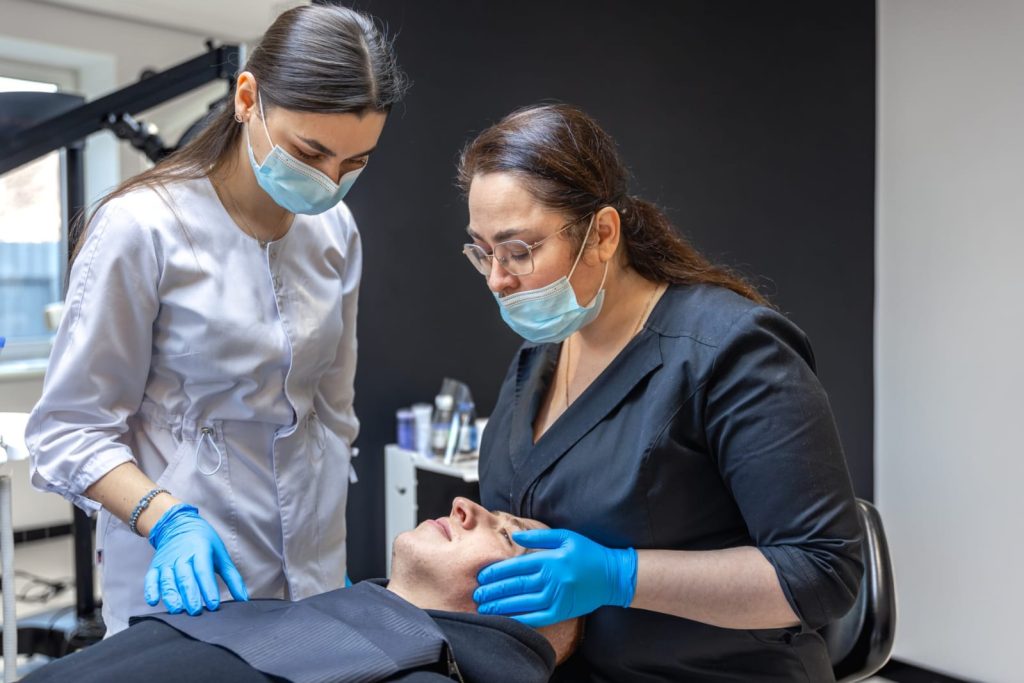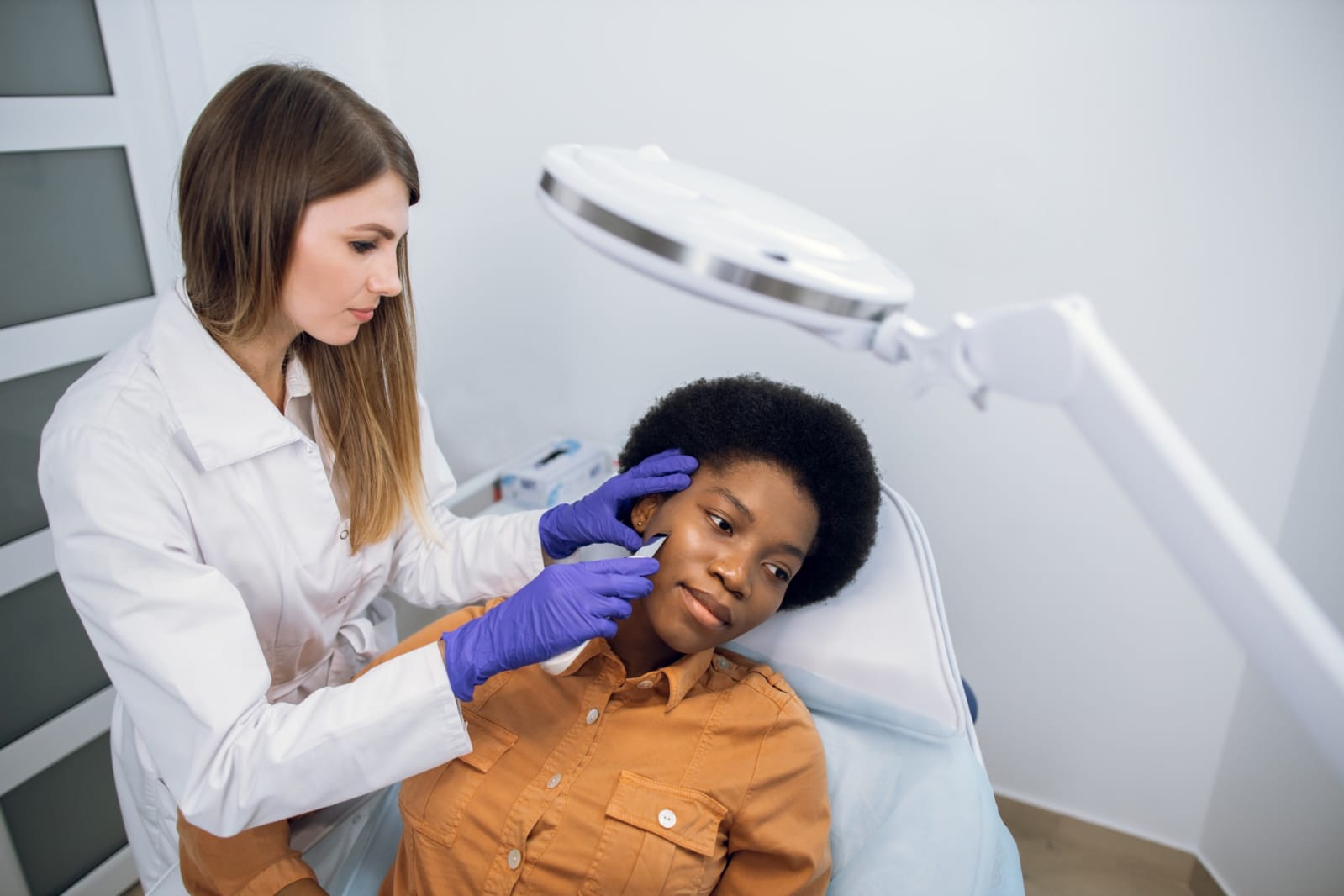Have you ever wished you could get a dermatologist’s opinion without waiting weeks for an appointment? Virtual skin analysis is making that wish a reality, putting professional-grade skin assessment right at your fingertips.
What is Virtual Skin Analysis?
Think of it as having a dermatology expert available 24/7 through your smartphone or computer. Using advanced AI technology, virtual skin analysis platforms can examine photos of your skin concerns and provide preliminary assessments. These systems have been trained on millions of dermatological images, learning to recognize patterns that might indicate various skin conditions.
The process is surprisingly straightforward. You take clear, well-lit photos of the area you’re concerned about, answer a few questions about your symptoms and medical history, then submit everything for analysis. Within minutes or hours, you receive a detailed report about what the AI “sees” in your images.
How Accurate Are These Digital Doctors?
While AI has become remarkably sophisticated, it’s important to set realistic expectations. These systems excel at identifying common skin conditions like acne, eczema, rashes, and suspicious moles that might warrant further evaluation. They can spot patterns and changes that you might miss.
However, virtual analysis has its limits. Complex conditions, unusual presentations, or anything requiring physical examination will still need an in-person visit. Think of AI analysis as your first line of defense, not your final answer.
The Benefits You’ll Actually Notice
Speed tops the list of advantages. No more playing phone tag with receptionist offices or waiting three weeks to be seen for a simple rash. You can get initial guidance when you need it most.
Cost savings matter, too. Many virtual consultations cost significantly less than traditional office visits, and some insurance plans are beginning to cover them. For minor concerns that don’t require prescription treatments, this can be a game-changer for your healthcare budget.
There’s also something empowering about understanding your skin better. These platforms often provide educational information about your condition, helping you make informed decisions about treatment and prevention.
When Virtual Isn’t Enough
Certain situations will always require the human touch of a dermatologist. If you notice rapidly changing moles, persistent sores that won’t heal, or unusual growths, don’t rely solely on virtual analysis. Skin cancer screening, complex inflammatory conditions, and procedures like biopsies need in-person evaluation.
The AI will typically flag these situations and recommend you see a dermatologist in person. It’s not trying to replace your doctor – it’s trying to help you decide when you really need one.

Making the Most of Your Virtual Consultation
Good photos make all the difference. Use natural lighting, when possible, take multiple angles, and include a reference object like a coin for size comparison. Be honest about your symptoms and medical history – the AI can only work with the information you provide.
Follow up appropriately, too. If the analysis suggests seeing a dermatologist, don’t ignore that advice. Virtual analysis works best as part of your overall healthcare strategy, not as a replacement for professional medical care when you truly need it.
The Future on Your Screen
Virtual skin analysis represents a significant step forward in accessible healthcare. While it won’t solve every skin concern, it offers a valuable middle ground between ignoring problems and immediately booking expensive specialist visits.
As these technologies continue improving, they’re becoming valuable tools for staying on top of your skin health. Just remember – they’re most powerful when used wisely, as part of a broader approach to taking care of yourself.
read more : How to Select a Trustworthy Dealership in Gainesville

